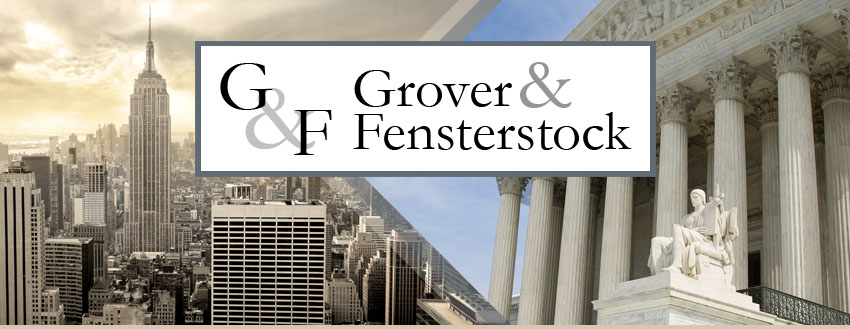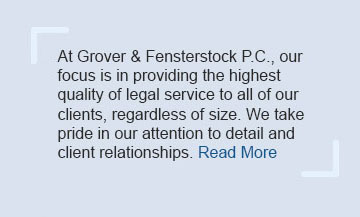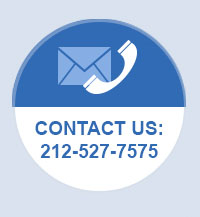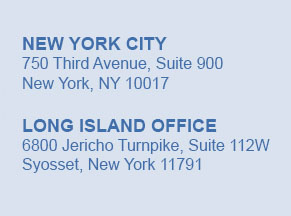| |

Car Accident Liability: Proving Fault after an Automobile Accident
In almost all car accidents, it is important to be able to prove who carries the car accident liability — in other words, who made the mistake or was negligent in causing the accident.It may appear to be obvious to all of the parties involved who was at fault in causing the accident, but just saying so is often not enough for insurance companies. You can make a stronger argument to your insurance provider if you can support your side of the story with evidence or “official” support. This article provides a brief overview on how to increase your chances of proving fault after an accident.
Police Reports
Police do not always come to the scene of an accident, but, if they do, the police officer will write a police report about the accident to be sent to the Department of Motor Vehicles. Police officers generally show up to accidents that involve injuries, but they often stop at non-injury accidents as well. Be sure to ask the officer how to obtain a copy of the police report from the police precinct.
Police reports are often just the written recollections and thoughts of the police officer who studied the accident, as well as statements made by parties or witnesses to the police officer. These reports often contain great evidence about car accident liability, such as the police officer’s opinion that one car must have been speeding based on the officer’s observations about the length of the skid marks on the pavement. In addition, police officers will also often indicate whether or not they issued any traffic tickets at the scene of the accident.
State Traffic Laws
State traffic laws, often called the vehicle code, are also a great place to find support for your argument that the other driver was at fault in the accident. These laws are often condensed into a simple-to-read “Rules of the Road” document. You will probably be able to find a Rules of the Road booklet at your local Department of Motor Vehicles or on the DMV’s website.
After you have found the right section of the code that applies to your accident, you are in a better position to negotiate with your or the other driver’s insurance company. For instance, a code section relating to yielding the right-of-way may be useful for an accident that occurred at a merger. Make sure to write down or print a copy of the exact wording of the code section, as it won’t help you if you cite a law in the wrong form to an insurance company.
Rear-End Accidents
Rear-end accidents are one of the most common types of automobile accidents. If a vehicle has hit your vehicle from behind, it will almost never be your fault, especially if you were stopped at the time of the collision. One of the most basic rules of the road is that you are supposed to leave enough room in front of your vehicle to be able to stop, should the vehicle in front of you make a sudden stop. If the driver behind you could not stop before hitting you, he or she was probably not driving safely.
One thing to think about is that, even though the other driver was probably at fault in a rear-end collision, you may also be slightly at fault if your negligence contributed to the accident. A common example of this is when your brake lights are out. In addition, if you got a flat tire on the road and decided to stop in the middle of the lane instead of merging out of traffic, you may also bear some comparative negligence, which will reduce your monetary award.
Left-Turn Collisions
As with rear-end collisions, left-turn accidents are almost always the fault of the driver making the left turn. Cars coming straight into an intersection will have the right-of-way in most instances. If the car going straight through the intersection is speeding or runs a red light, this may shift some or all of the car accident liability away from the car turning left. The other exception is rare: if the car turning left started turning left while it was safe to do so, but was forced to stop because of some unforeseen circumstance, then some of the liability may be shifted as well.
Contact an Attorney
An automobile accident can be traumatic and burdensome on your day-to-day life and, as a result, it is vital to be informed and know your rights. If you or a loved one has been involved in an automobile accident, contact an attorney to ensure that your legal rights are protected.
|
|








